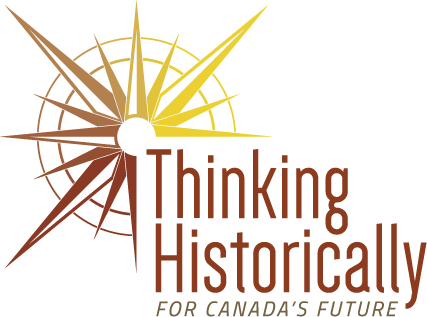Carly Wenner,
Secondary Social Studies Teacher
Carly teaches at St. George’s School, a large, independent, non-denominational all-boys school in Vancouver, British Columbia. The school includes Grades 8 -12 and has approximately 850 students, predominantly from affluent backgrounds. The students are admitted based on academic performance, assessed through the SSAT, which evaluates writing, comprehension, and reasoning skills. The school also has boarding facilities, with about 100-120 students, mainly from mainland China, but also from other countries like Jamaica, Finland, and the United States. The school is part of the Independent Schools Association of British Columbia (ISA BC). Carly teaches social studies and history for grades 8, 11, and 12 and emphasizes the importance of tailoring lessons to the diverse backgrounds of the students. With a significant number of students of Asian, particularly Chinese, descent, she incorporates a wide range of perspectives and voices into the curriculum. Carly also notes that the students’ strong academic abilities allow for more in-depth exploration of historical topics and the use of challenging texts and analytical questions. Despite the school’s emphasis on rigorous content, she integrates less common perspectives, such as labor history, to expose students to experiences outside their economically privileged backgrounds. As a female teacher in a predominantly male environment, Carly makes a conscious effort to highlight female figures and perspectives in history. Acknowledging the Eurocentric bias in traditional history education, she intends to present a more inclusive narrative, particularly through the use of secondary sources and visual aids. This approach not only broadens the students’ understandings of history but also challenges their assumptions about the dominance of male voices in historical discourse.
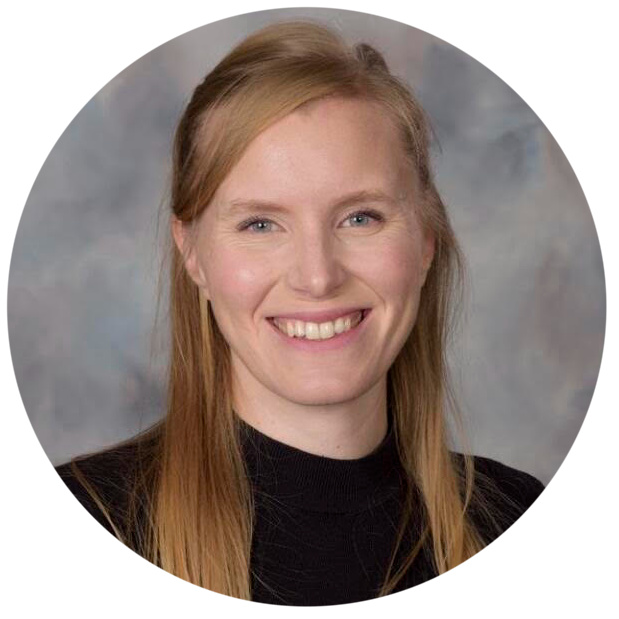
St. George’s School
Vancouver, British Columbia
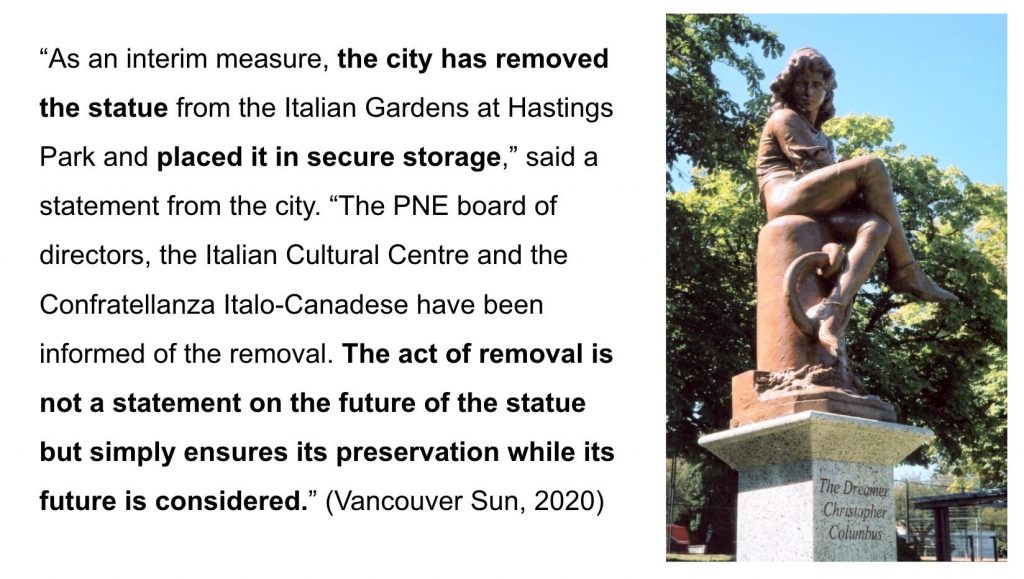
Civic Engagement
Carly shared a lesson on the theme of commemoration. Her Grade 8 class recently examined a Christopher Columbus statue to consider the larger implications of statues and monuments. This lesson aimed to foster “historical consciousness” by encouraging students to question the significance of who and what is commemorated in public spaces.
Carly mentioned that her students are engaging with the ongoing policy discussions in Vancouver regarding commemoration. In the future, she hopes to bring in a city official to discuss with the students how decisions about monuments and commemorations are made.
“It’s about recognizing how the past is used and how that impacts society today,” Carly explained. “What are the implications of glorifying certain people, events, or things, and how does that affect other citizens within the community?”
When reflecting on the general impact of her teaching on civic engagement, Carly acknowledged the challenges of understanding long-term effects.
“I’m curious about what students will think in 10 years—whether they’ll remember debates or discussions we had in class. I’d like to think my teaching contributes positively, but it’s hard to know in this job. We don’t always see the final product.”
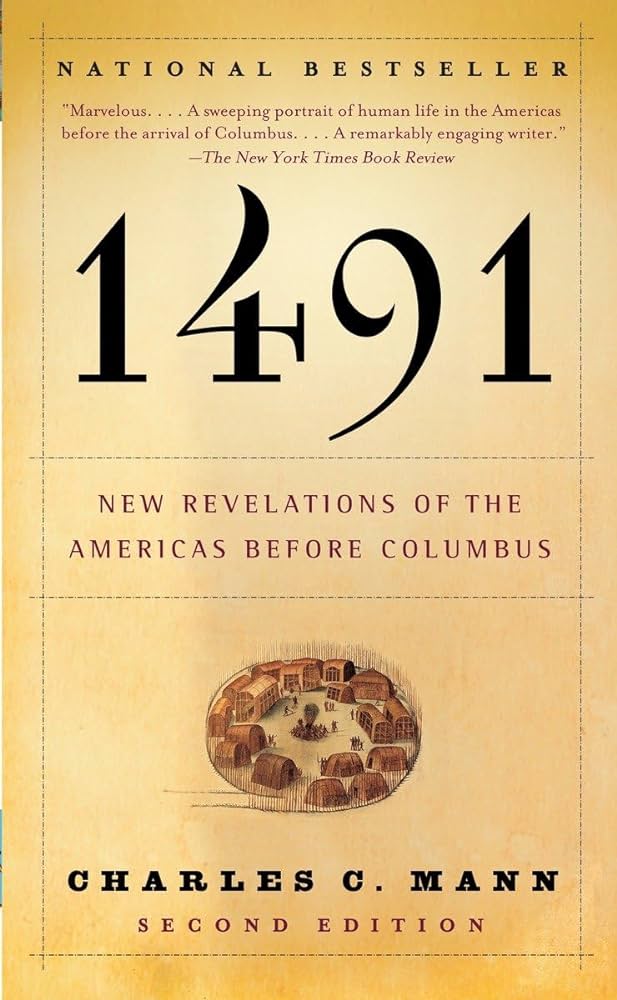
Historical Thinking
Carly emphasizes the contested nature of historical interpretation. She shared, “I really like letting students in on the debates and the discussions that are going on,” noting that it was a revelation to her that “there are differing interpretations of the past” rather than a singular narrative. Carly recalled her surprise at discovering this while reading 1491, which made her realize “that there were differing interpretations and arguments about historical events.”
Her favourite lessons involve presenting students with multiple historical theories and interpretations. For example, she explained, “showing the different interpretations of when people first arrived in the Americas…I did that a few years ago with students, showing them all the different theories and the evidence that different people use to support different theories.”
In her unit on the Scientific Revolution, Carly introduced students to the continuity thesis, explaining that “there are some historians that argue it’s not as revolutionary as we once thought.” With his, her methods help students understand that history is not just a collection of facts but a field of ongoing debates and multiple perspectives.
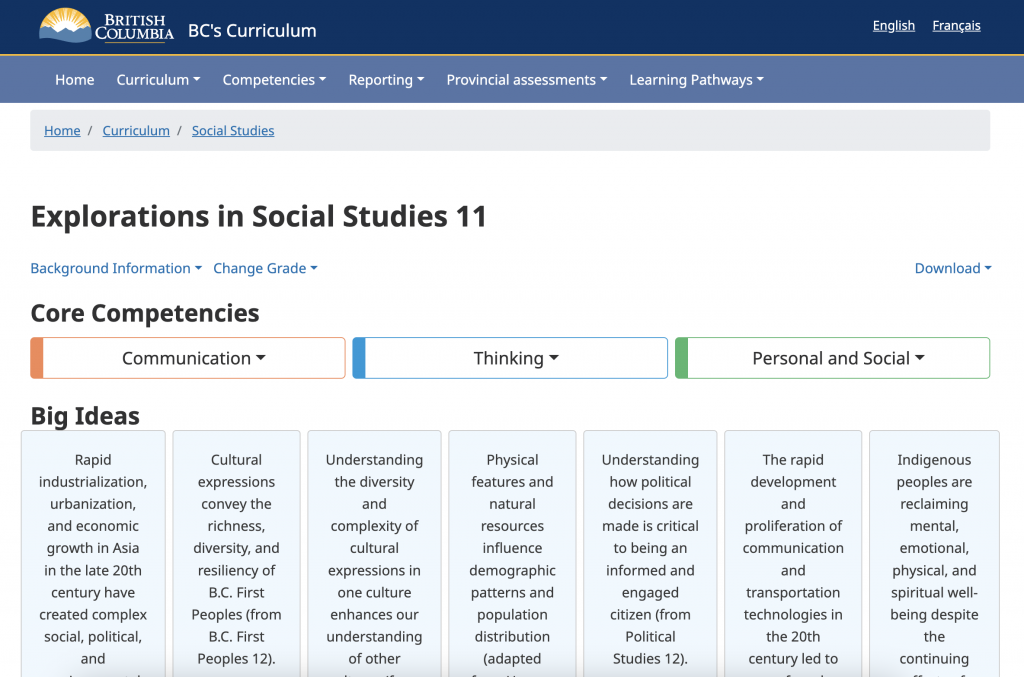
Curriculum & Resources
Carly discussed both the strengths and challenges of the curriculum and resources she uses in her class. She praised the BC curriculum for its flexibility, stating, “I don’t feel like I have to cover things in the same way… I feel like I have the ability to dig deeper.” This freedom allows her to explore topics more thoroughly without the pressure of adhering to a rigid list of required content.
She also highlighted the value of the Stanford History Education Group’s resources, as they provide well-scaffolded interpretive tasks and adapted primary sources. “They’ve done a lot of work, and their stuff keeps growing,” she said, appreciating how these resources make primary sources more accessible for her Grade 8 students.
However, Carly also identified significant challenges with the current curriculum and resources. She described the increased freedom in the BC curriculum as overwhelming, especially for those accustomed to more structured guidelines. “Sometimes as teachers you just don’t have time to make… this great unit that you really had hoped for,” she explained. In addition, Carly expressed frustration with the lack of provincial resources for teaching historical thinking concepts and building inquiry-based units, which she feels could better support teachers exploring the new curriculum’s demands.
Co-created by Carly Wenner and Christine Cheng
